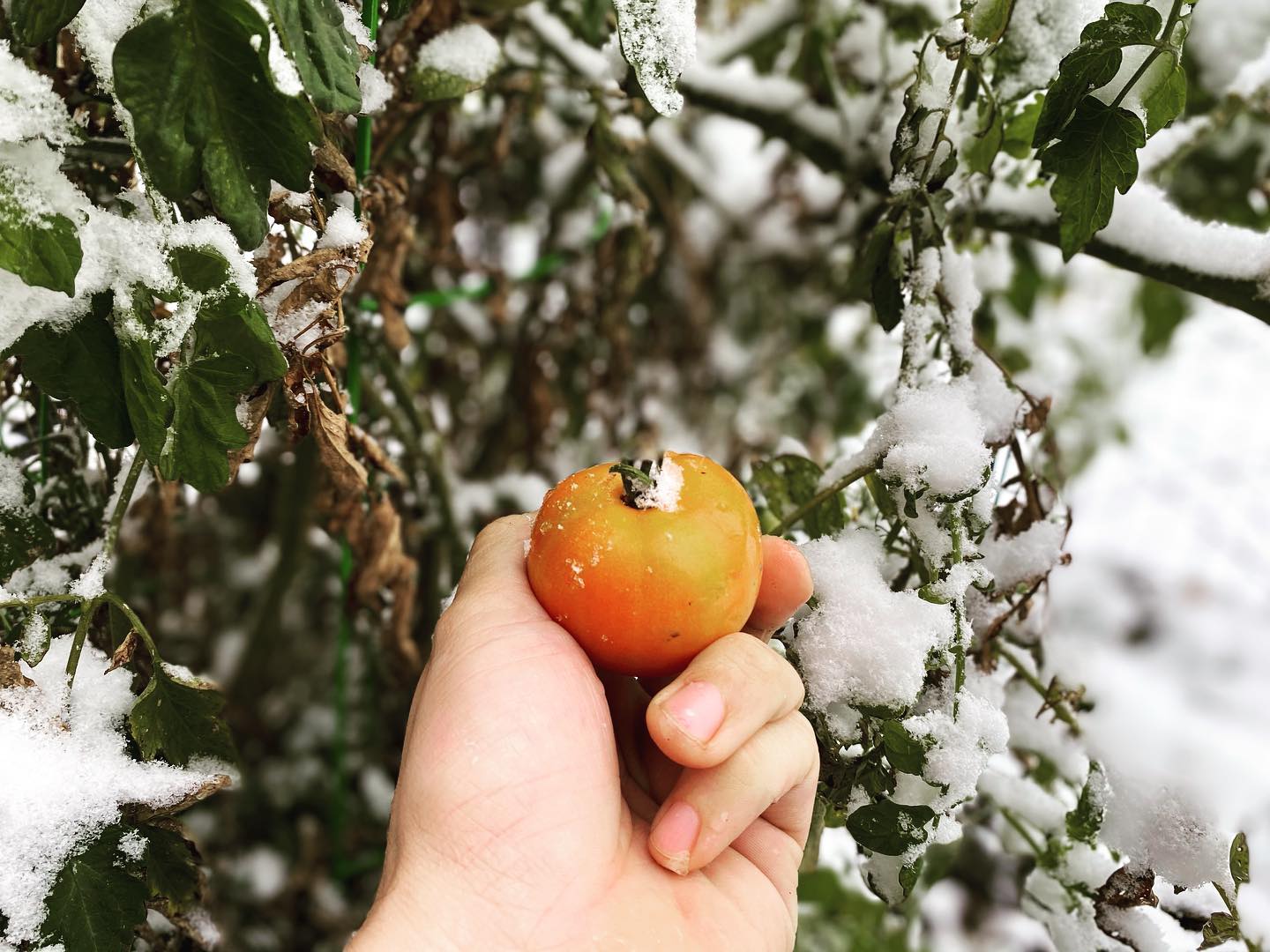
As an avid gardener, you understand the importance of growing tomato plants during the optimal season to ensure healthy growth and a bountiful harvest. However, sometimes unexpected drops in temperature, particularly below 50°F, can put your tomato plants at risk. In this comprehensive guide, we will explore how cold is too cold for tomato plants, what temperatures can kill them, overwintering tomato plants, and most importantly, protecting tomato plants from cold.
Table of Contents
Understanding Tomato Plant Cold Tolerance
Tomato plants are warm-weather crops that thrive in temperatures between 70 and 85°F. They cannot tolerate temperatures below 32°F, which causes frost and can kill the plants as well as any fruits they may bear. Even a temperature drop of just one degree below freezing can cause significant damage to your tomato plants.
While tomatoes can survive temperature drops as low as 33°F, their growth will be severely stunted, and it may take a long time for them to produce fruit, if they do so at all. Additionally, if the temperature remains below freezing for an extended period, the cells of the plant can freeze and rupture, causing irreparable damage.
Assessing Cold Damage and Potential Recovery
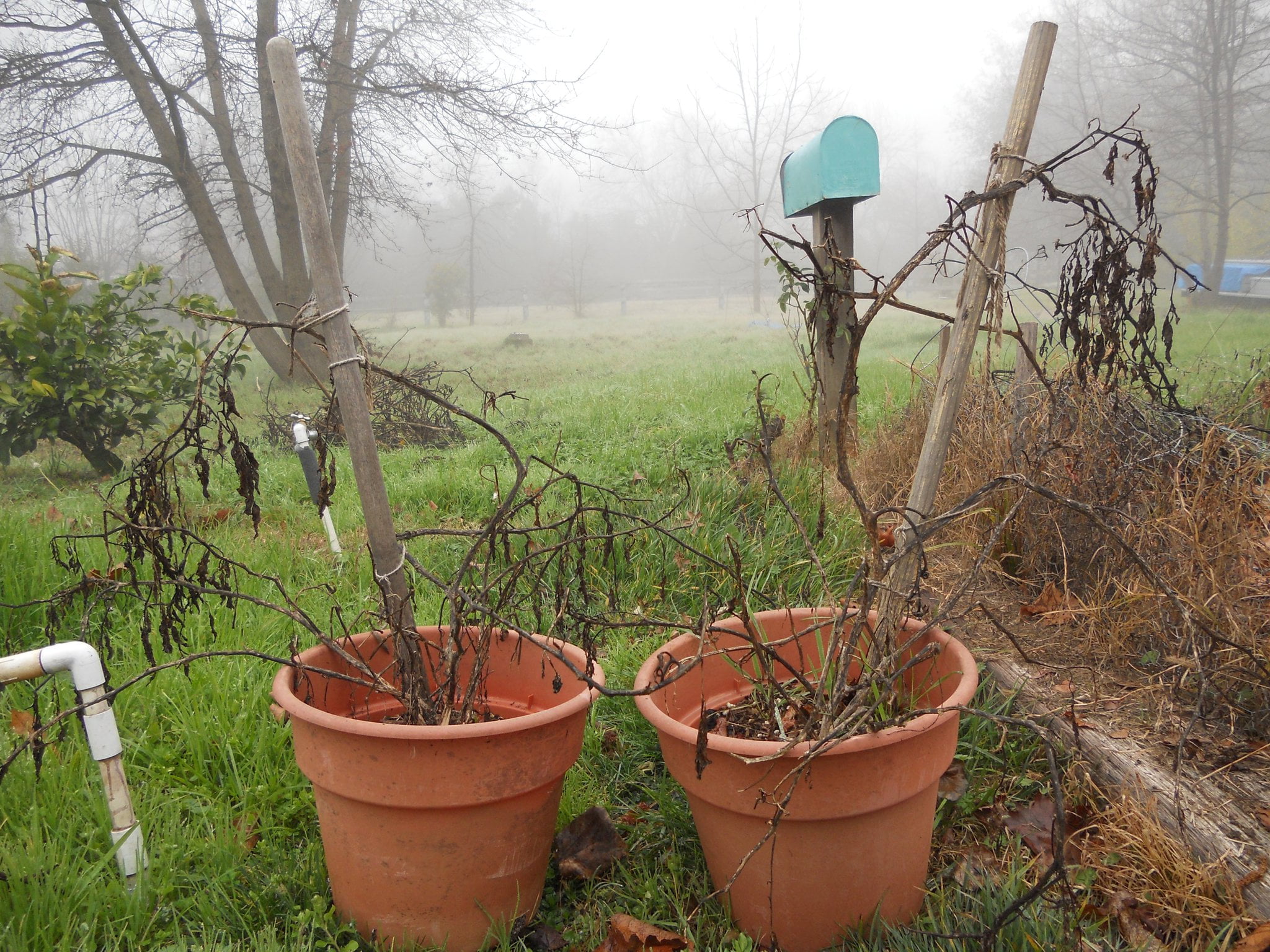
If your tomato plants have been exposed to frost or cold temperatures, it’s crucial to assess the extent of the damage to determine if they can recover. Here are some signs to look out for:
- Wilted or blackened leaves: If the leaves look wilted, shriveled, or have turned black, cold damage has likely occurred. If only the edges of the leaves are affected, the plant has a chance of recovery. However, if the entire leaf is frozen and turned black, it is best to prune it off.
- Frozen and damaged fruits: Any tomatoes that have turned black or lost shape are likely damaged beyond repair. You will need to dispose of these fruits and start anew.
- Blackened lower stem: If the lower portion of the main stem has turned black, unfortunately, the plant is unlikely to recover. It is best to remove the damaged plant and begin fresh.
It’s important to note that the recovery of your tomato plants also depends on their maturity. Seedlings and young plants are more susceptible to cold damage and may have a harder time recovering than mature plants.
Protecting Tomato Plants from Cold Nights
Now that you know the critical temperature thresholds for your tomato plants and how to assess cold damage, let’s explore some effective methods for protecting your plants from cold nights:
Plant in the right season
To protect tomato plants from cold nights, follow these guidelines for planting in the right season:
Choose the Right Season
It’s crucial to initiate the growth of your tomato plants during a season when nighttime temperatures consistently stay above 60°F (15°C). This temperature range is ideal for the healthy development of tomato plants.
Know Your Frost Dates
Research and determine the frost dates specific to your geographic location. Frost dates mark the periods when freezing temperatures are likely to occur. You should only start planting tomato plants after the last frost date for your area, signifying the official arrival of spring. This ensures that your plants are less susceptible to exposure to freezing conditions.
Wait for Spring
As you wait for spring to arrive, be patient and avoid planting your tomato seedlings or seeds too early in the season. Even though the weather may seem warmer during the day, nighttime temperatures can still drop to levels that can harm young tomato plants.
Use protective covers
Using protective covers is an effective method to shield your tomato plants from cold nights. This is how to do it:
Water the Plants Thoroughly
Before applying protective covers, make sure to water your tomato plants thoroughly. Well-hydrated plants are more resilient and better equipped to withstand cold temperatures.
Choose Suitable Cover Materials
Cover your tomato plants with materials such as lightweight blankets, old sheets, tarps, or even plastic bags. These materials act as insulators, trapping heat and preventing it from escaping.
Ensure the Cover Doesn’t Touch the Plants
Be cautious not to let the cover directly touch the tomato plants, as this contact can transmit cold and cause damage. Use stakes, hoops, or other supports to create a tent-like structure over the plants, providing a buffer between the cover and the foliage.
Secure the Covers
Secure the covers in place so they don’t get blown away by wind or disturbed by animals. You can use rocks, bricks, or clips to anchor the edges of the covers to the ground or the support structure.
Remove the Covers in the Morning
In the morning, once temperatures rise and the risk of frost has passed, carefully remove the covers to allow the plants to receive sunlight and fresh air. It’s important to uncover them during the day to prevent overheating.
Monitor Weather Conditions
Stay vigilant and keep an eye on weather forecasts. If consecutive cold nights are expected, be prepared to cover your tomato plants again.
Using protective covers is a simple yet effective way to safeguard your tomato plants from cold nights, especially during unexpected late-season frosts or chilly spring nights. Properly covering and uncovering the plants can help maintain their health and productivity.
Utilize additional heat sources
You can use supplemental heat sources such as LED lights or Christmas lights to provide additional warmth and protect your tomato plants during cold nights. Here’s how to do it:
Position the Lights
Place LED lights or Christmas lights on top of the plants within the cover. Ensure that the lights are evenly distributed and not concentrated in one area to provide uniform warmth.
Choose LED Lights
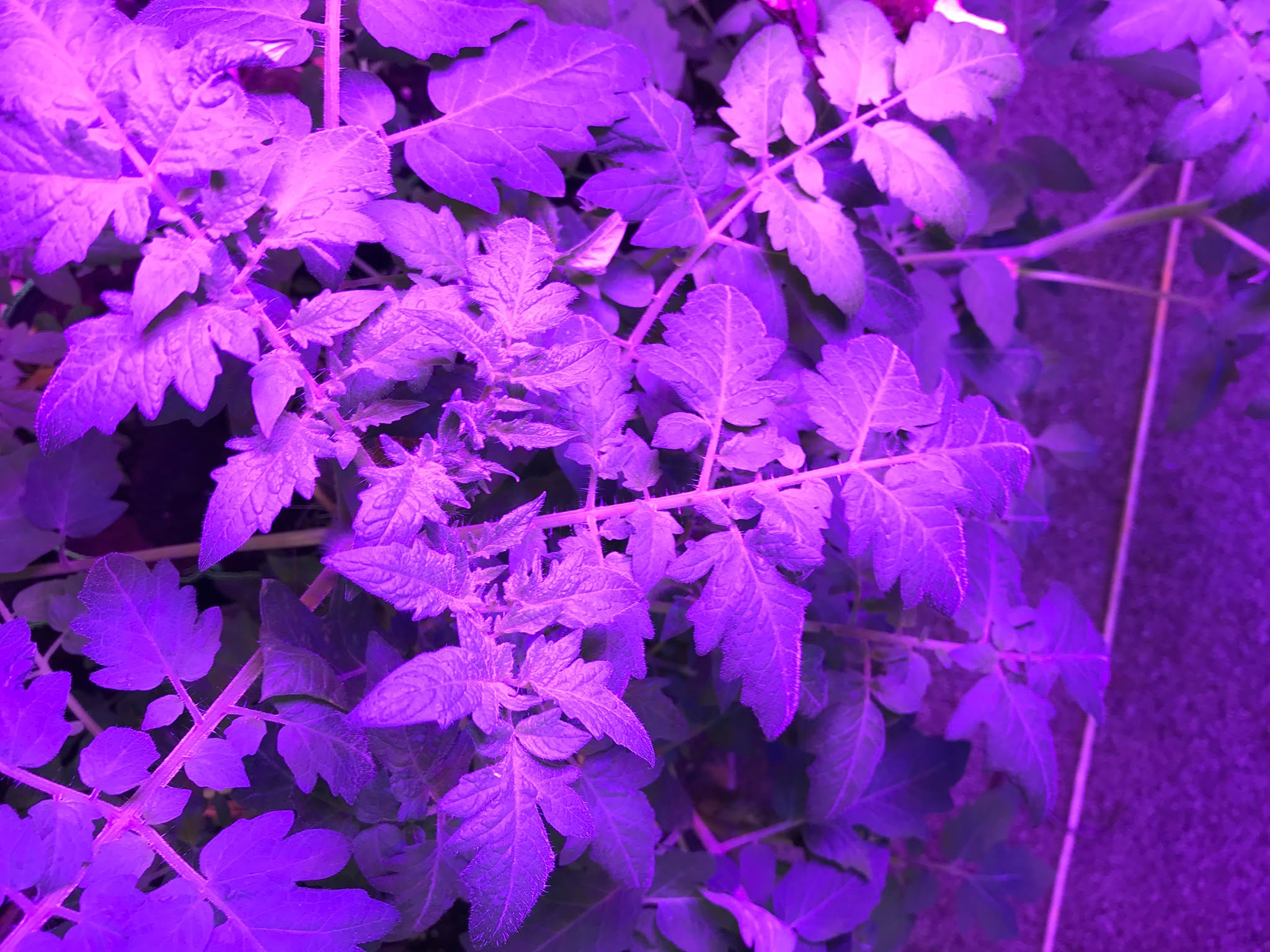
LED lights are a better choice than traditional incandescent lights, as they generate heat without producing excessive heat that can damage the plants or pose a fire hazard.
Use a Timer
Set up a timer for the lights to turn on automatically in the evening when temperatures drop. This ensures that the plants receive the added warmth when they need it most.
Remove Covers in the Morning
In the morning, as temperatures rise and the risk of frost diminishes, remember to remove the covers to allow the plants to breathe and receive sunlight. Tomato plants require adequate light for healthy growth.
Monitor the Plants
Keep an eye on the condition of the tomato plants while using the supplemental lights. Ensure that they are not getting too hot, as excessive heat can also be detrimental. LED lights are generally cooler than incandescent lights, reducing this risk.
Using supplemental heat sources like LED or Christmas lights can help maintain higher temperatures around your tomato plants during cold nights. This added warmth can protect the plants from frost damage and ensure their continued growth and productivity. Just be mindful of the temperature and lighting conditions to avoid any adverse effects on the plants.
Move potted plants indoors
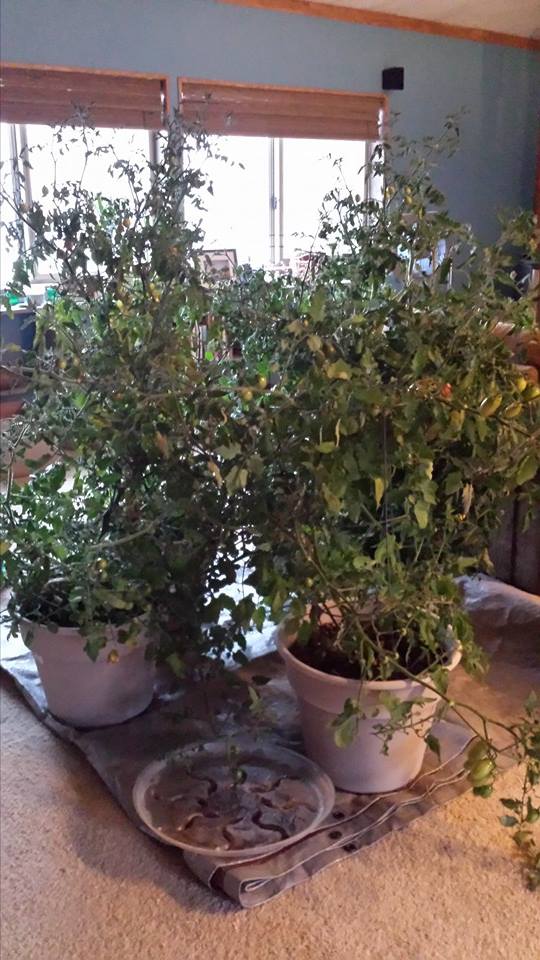
Moving potted tomato plants indoors during cold nights is a practical strategy for protecting them from low temperatures. This is how to do it effectively:
Choose Suitable Varieties
Opt for determinate tomato varieties if you plan to grow them in pots. Determinate varieties have a more limited height, making them easier to manage and transport.
Prepare for the Move
Before the cold night arrives, prepare for the move. Ensure you have a safe and warm indoor location ready for your potted tomato plants. This could be a greenhouse, a heated garage, a sunny room, or any area with ample warmth.
Be Gentle When Moving
When it’s time to move the plants indoors, handle them carefully to avoid damaging the stems and leaves. Gently support the base of the plant to prevent it from tilting or falling.
Use a Moving Tray or Cart
To make the process easier on both yourself and the plants, consider using a moving tray, cart, or plant caddy. These tools allow you to transport the pots or grow bags without straining yourself or causing undue stress to the plants.
Place Indoors with Ample Warmth
Position the potted tomato plants in the chosen indoor location where they can benefit from the warmth throughout the cold night. Ensure that the indoor environment remains above freezing temperatures to protect the plants effectively.
Monitor Indoor Conditions
Keep an eye on the indoor conditions, especially the temperature, to ensure it remains suitable for the tomato plants. Adjust heating or provide additional warmth as needed to maintain a comfortable temperature.
Return Plants Outdoors
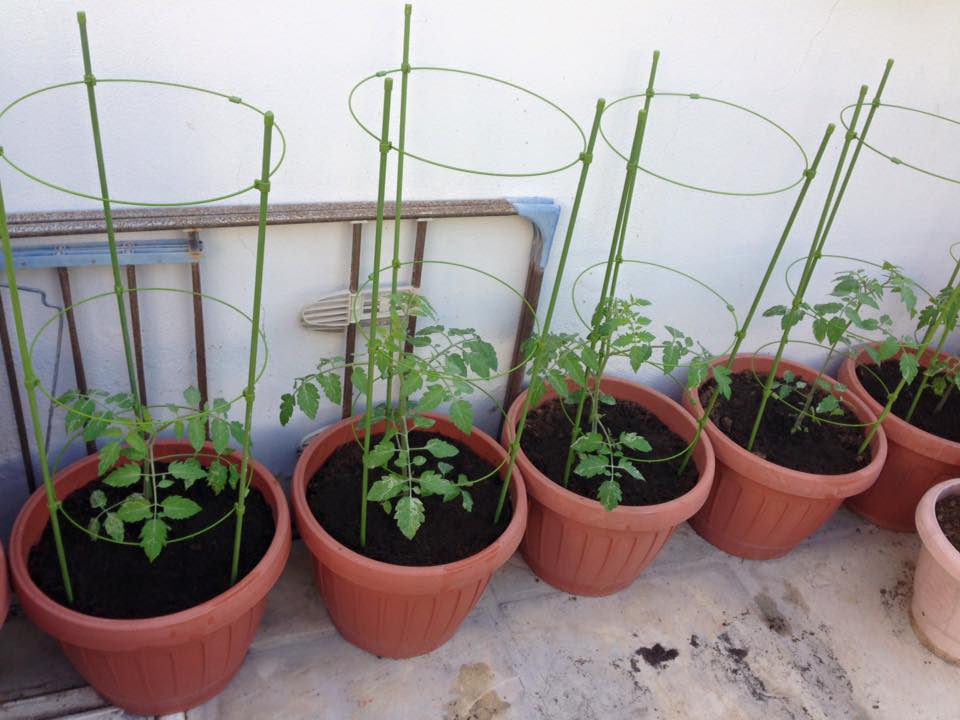
Once the cold night has passed, and outdoor temperatures are safe, move the potted tomato plants back outside. This should be done during the daytime when the weather is milder and the risk of cold damage is minimal.
Moving potted tomato plants indoors during cold nights is an excellent way to shield them from adverse weather conditions. With proper care and attention to their needs, you can ensure that your container-grown tomatoes continue to thrive and produce a healthy harvest.
Remember to move the potted plants outside the next morning, allowing them to benefit from fresh air, sunlight, and the warmth they need to continue growing.
Following these protective measures, you can safeguard your tomato plants from cold nights and ensure their healthy development throughout the growing season.
In conclusion, understanding the temperature thresholds, assessing cold damage, and implementing protective measures are key to successfully protecting your tomato plants from cold temperatures. By implementing these strategies, you can enjoy a thriving tomato garden and a bountiful harvest, even in the face of unexpected drops in temperature.
Now, armed with this comprehensive knowledge, you’re ready to tackle any cold nights and protect your precious tomato plants with confidence and expertise. Happy gardening!
